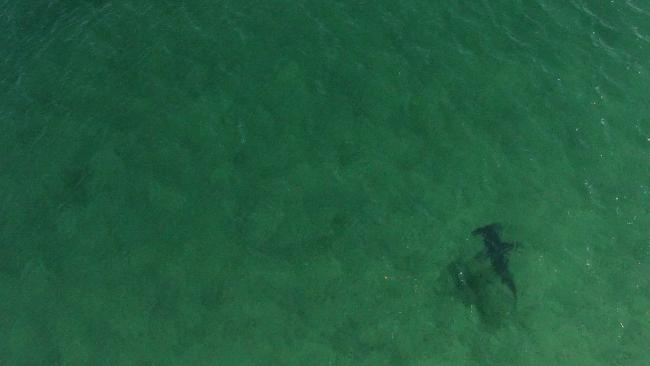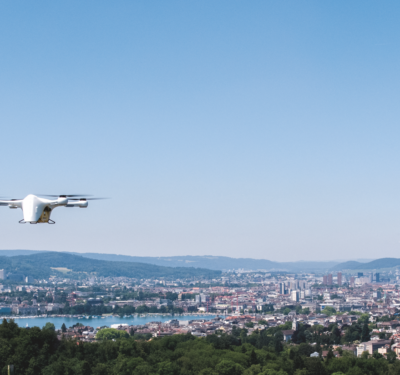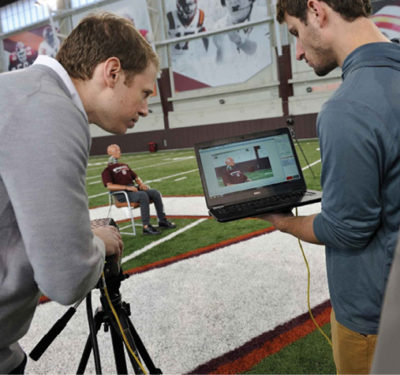SHARK spotting planes and helicopters could be missing almost nine out of 10 of sharks. An aerial surveillance study by Perth marine biologist William Robbins found helicopters missed 83 per cent of sharks, while fixed-wing planes missed 88 per cent in only 2.5m of water. Dr William Robbins’s drone featuring a camera for shark spotting. Picture: William Robbins/Wildlife Marine Dr Robbins has called on the Barnett Government to fund research into the use of drones or UAVs (unmanned aerial vehicles) to spot the marine predators. He said the study, which used 2.5m-long artificial sharks made of plywood, was conducted under “optimal conditions”, suggesting spotter planes would miss even more sharks in average weather. “Scarily enough we found that even when shark analogs were deployed 2m below the surface, helicopters only sighted about 17 per cent of them and the fixed-wing patrols only sighted about 12.5 per cent,” he said. “So they missed seven out of eight sharks that were deployed there.” The NSW Government last week began the first Australian field tests of shark-tracking drones at Coffs Harbour. It coincided with the announcement of a “smart” […]







